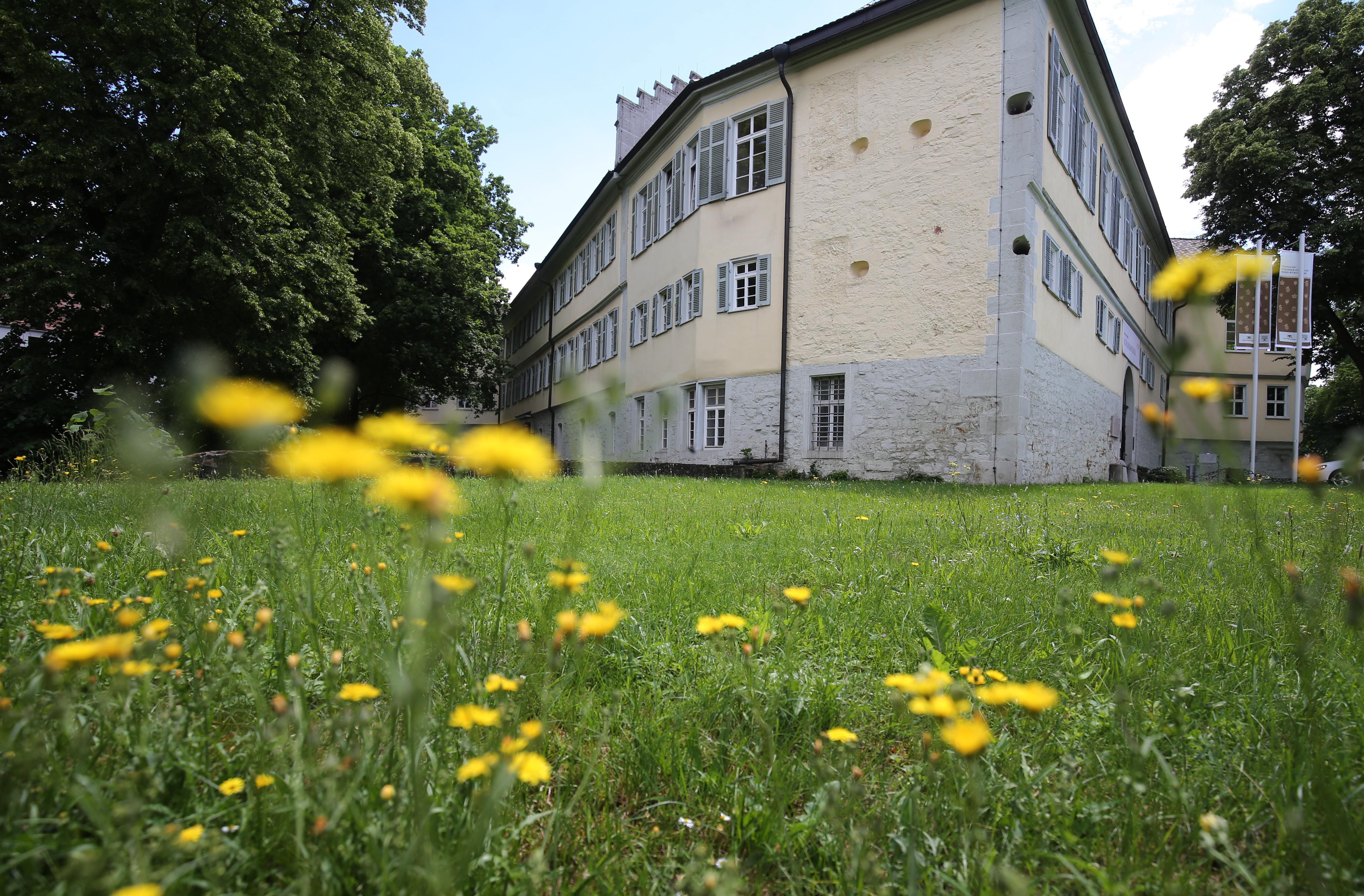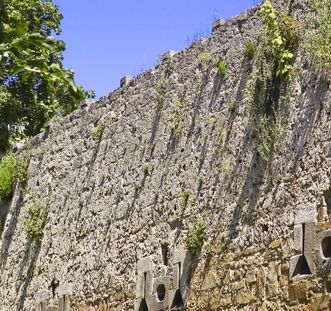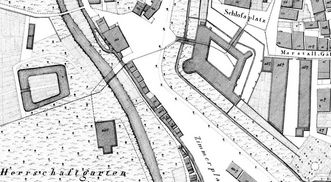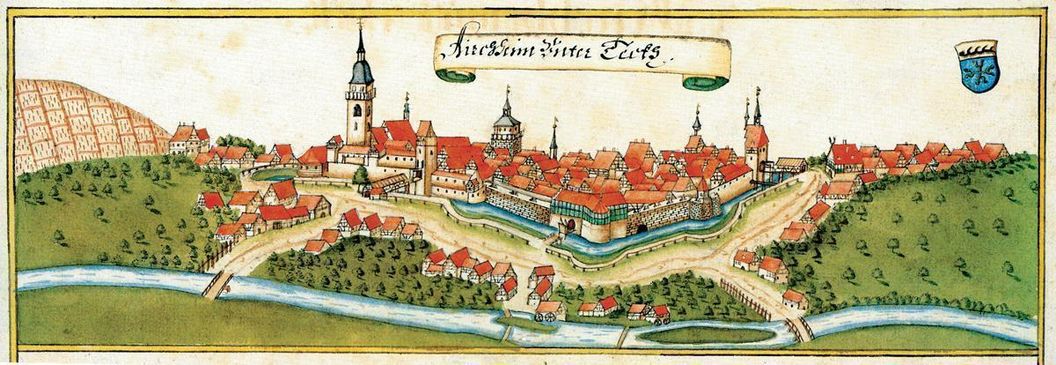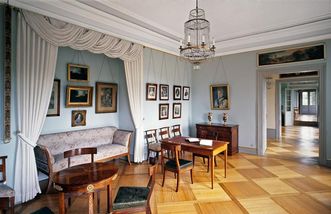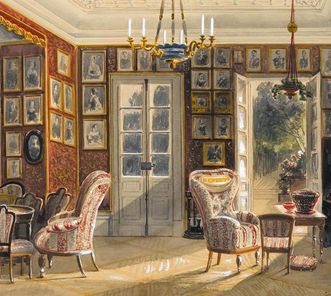A LATE MEDIEVAL CITADEL
As the best-fortified section of the 1538 stronghold, the palace was the last retreat while simultaneously providing military control of Kirchheim. For this reason, it had two gates: one into the town and one outside of the wall. This was typical for late medieval citadels, like the Old Castle in Stuttgart. Today, the palace complex is largely built with materials from the late Middle Ages, lending it its military character.



